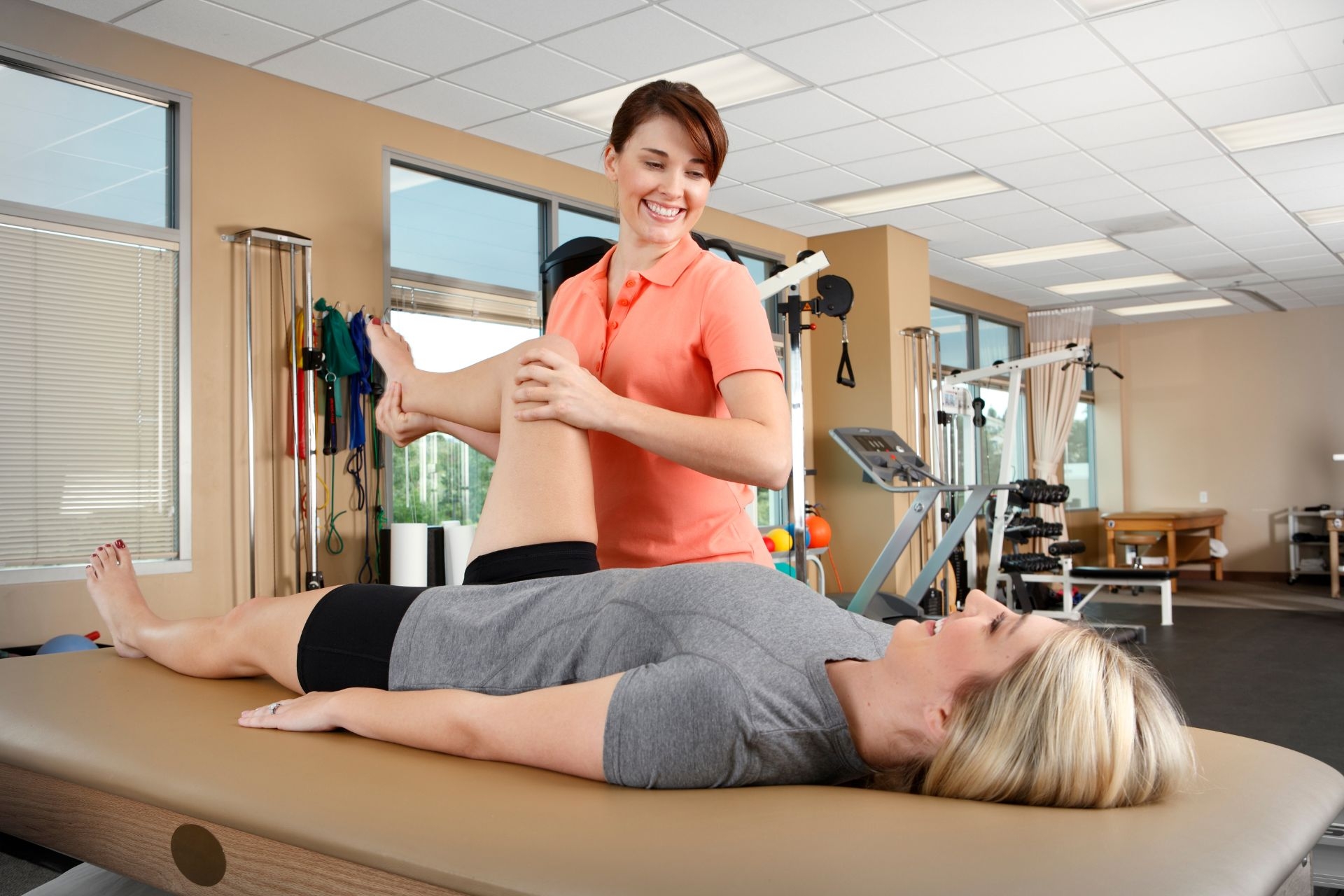Lumbar Disc Herniation
What are the common symptoms of lumbar disc herniation?
Lumbar disc herniation commonly presents with symptoms such as lower back pain, radiating pain down one or both legs (sciatica), numbness or tingling in the legs or feet, weakness in the legs, and difficulty walking or standing for extended periods. These symptoms can vary in severity depending on the location and extent of the herniated disc.



